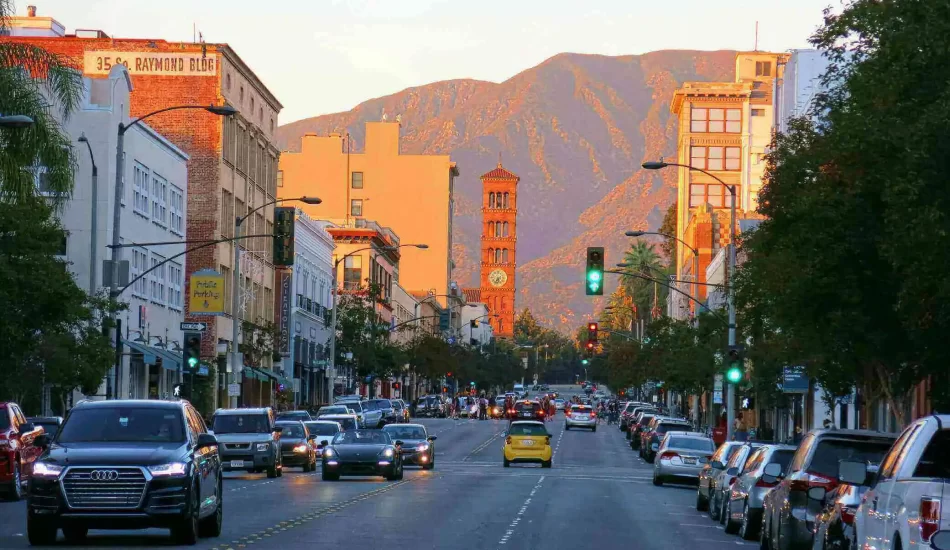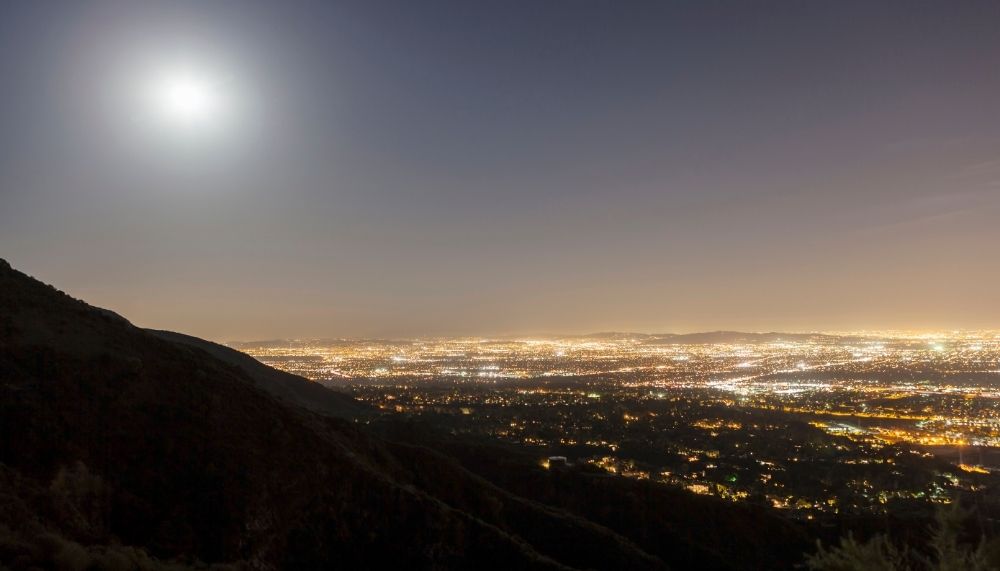What Is El Monte, California Known For?

What Is El Monte, California Known For?
The intersection of Interstates 10 and 605 marks the location of El Monte, a city in the San Gabriel Valley just east of Los Angeles. As the tenth-largest city in the county, El Monte is known for its rich history and proximity to downtown LA. Anyone considering a move or a visit to Los Angeles County should explore this bustling urban center and see what it has to offer.

Early History of El Monte
In 1829, merchant and explorer Antonio Armijo established a trade route to the Mission San Gabriel, which became known as the Old Spanish Trail. It was primarily used to transport woolen products from New Mexico that Californians needed for their mules and horses. The route this trail took through El Monte is known today as Valley Boulevard.
In the early days, trade routes connected individuals from remote areas of the southwest and beyond, leading to new settlements and population growth. The Old Spanish Trail stretched as far east as Kansas City. The Workman-Rowland Party took the Old Spanish Trail from Santa Fe de Nuevo, Mexico, in 1841 to the Pueblo of Los Angeles, where the heads of the party were granted the Rancho La Puente in 1845.
As of 1848, the Santa Fe Trail ran through the area and connected to the Pueblo of Los Angeles via the Mormon Road out of Utah and the Southern Emigrant Trail. This meant that many travelers passed through El Monte or used it as a stop-off, with some settling there. As California became a destination for American immigrants seeking wealth in the gold rush, the location became a prime place to live. By about 1850, transplants from as far away as Missouri, Arkansas, and Texas were calling El Monte home.
El Monte as a Thriving Settlement
For a brief time in the 1850s, settlers from the east called the small town “Lexington,” but that fell by the wayside as many preferred the original “El Monte.” The early settlement was primarily an agricultural community, as those who settled there discovered the rich, fruitful land along the banks of the San Gabriel River.
The town had a prime location, as routes connecting the natural harbor at San Pedro, San Bernardino, and Los Angeles provided a steady stream of travelers. Like many towns in the old west, El Monte had a reputation for saloon fights where guns and knives were used to settle disagreements, but that changed as loosely organized law enforcement organizations developed.
In 1854, bandit gangs and Indian raids necessitated the formation of the Monte Rangers, a local militia company that eventually disbanded. Once the Rangers were no longer in existence, the “El Monte Boys,” a local gang of vigilantes, provided justice for the area. Volunteer posses such as this were common at the time, and these groups became known for the services they provided. One of the more well-known situations they handled was the hunt for the gang of bandits led by Pancho Daniel and Juan Flores in 1857.
The Small Settlement Soon Became a Town
A growing population and advances such as the establishment of the Monte Station stagecoach stop in 1858 were a sure sign El Monte wasn’t going anywhere. The settlement is identified as a township on both the 1860 and 1870 censuses, with populations of 1,004 and 1,254, respectively. Old ranchos in the surrounding area, such as Rancho La Merced, Rancho La Puente, and Rancho Potrero Grande, were considered part of the township by 1860, and by 1870 the former Azusa township had also been incorporated into El Monte. Today, this area includes the cities of La Puente, Monterey Park, and El Monte.
The addition of a railroad depot built by Southern Pacific in 1873 meant the town’s agricultural endeavors could expand, and the pathway was laid for the city to grow to its current size. In 1912, El Monte as a municipality was officially incorporated, and two decades later, the federal Subsistence Homestead project, part of the New Deal, really placed it on the map. This Resettlement Administration program paved the way for many American dust bowl migrants to move west by granting qualified applicants single-family ranch houses.
El Monte Today
In less than one hundred years, the population of El Monte has boomed. In 1940, there were around 10,000 people living in the town, but that number has grown to 116,000. Today there are commercial and industrial businesses, parks, schools, and modern urban homes where there were once dairies, farms, flower fields, and orchards.
This ethnically diverse urban hub is an ever-changing melting pot of cultures, with census data from 2,000 showing a steady Hispanic population of about 75%, the Asian community up to 18%, and the Caucasian population down to 7%.
The city today is a far cry from its historical reputation as “The End of the Santa Fe Trail,” but its roots in transportation are very evident. The El Monte Bus Station is a state-of-the-art transit center connecting downtown LA with the San Gabriel Valley. As the largest bus station west of Chicago, this busting transportation hub serves 22,000 passengers every day.
The city’s economic development in recent years has led to many improvements, such as 520,000 square feet of industrial space, 2.88 million square feet of commercial property, seven hotels, and over 2,000 residential units. This has been made possible by over a billion dollars in contributions by investors who believe in the city and its potential.
There Is Something in El Monte for Everyone
Some of the most popular features of El Monte today include the Santa Fe Historical Park, built in 1989, and the El Monte Historical Museum, which is thought of as one of the finest in the state of California. These community assets focus on the significance of the Santa Fe Trail in El Monte’s growth, but there are also wonderful businesses that help the city to thrive. One such business is The Law Office of Daniel P. Flores. If you are living in or visiting El Monte and need the assistance of skilled legal professionals, visit our website to see what we can do for you.
Request Your
Free Consultation
Fields Marked With An “ * ” Are Required
"*" indicates required fields


